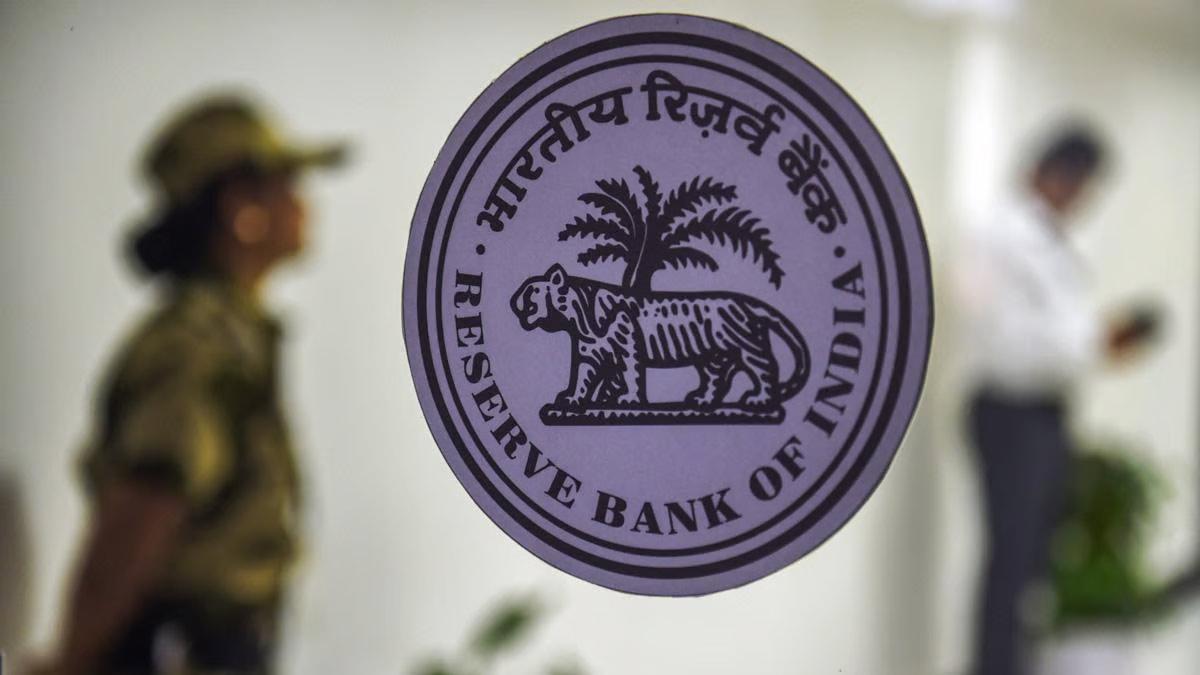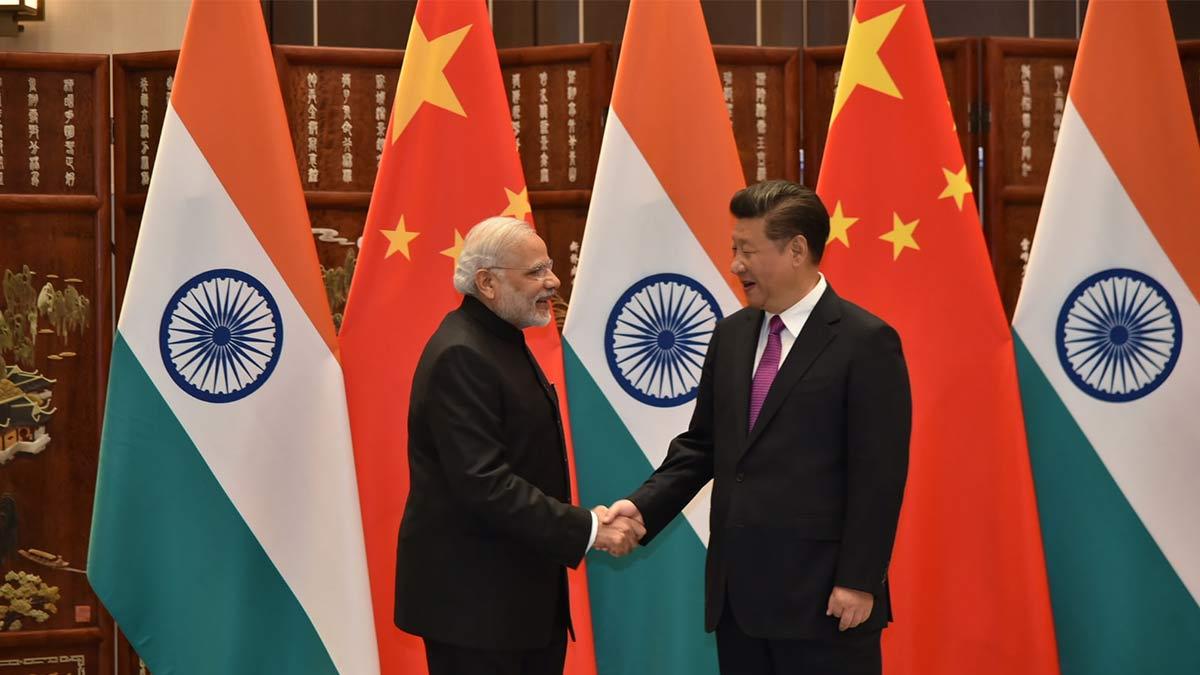India continues to lead other large economies in growth, with its position as the fastest-growing large economy as it clocks an anticipated GDP growth of 6.3% for the current fiscal year even as the world remains uncertain, as stated in a United Nations report.
Although there was a slight downward revision from the previous estimate of 6.6% in January, India's economic pace is firm, driven mainly by home-grown consumption and government-sponsored investment, stated Ingo Pitterle, Senior Economic Affairs Officer at the UN, on Thursday.
In its own mid-year revision of the World Economic Situation and Prospects (WESP) report, the UN reported that India's growth is expected to creep to 6.4% in 2026, though this is also a slight 0.3% cut from earlier estimates.
The report presented a daunting picture of the world economy, warning, "The world economy is at a precarious moment."
Spotlighting the wider issue, Shantanu Mukherjee, Head of the Economic Analysis and Policy Division, noted at the launch of the report, "It's been a nervous time for the world economy. In January of this year, we were looking forward to two years of steady, if lacklustre, growth, and since then prospects have faded."
India's strong performance is a stark contrast to this year's global average growth of 2.4%, and that for other key economies. China is set to grow at 4.6%, the US at 1.6%, Germany sees its economy shrinking by -0.1%, Japan at 0.7% growth, and the European Union at just 1% growth, based on the WESP.
The report credited India's resilient growth to a combination of robust household consumption, sustained government spending on infrastructure, and sound services sector exports.
India also presents encouraging trends in jobs and inflation. "Inflation is expected to decelerate from 4.9 per cent in 2024 to 4.3 per cent in 2025, remaining within the target bracket of the central bank," the report noted.
Employment levels are expected to remain stable, but the UN noted ongoing challenges in achieving workforce equality. “Persistent gender disparities in employment underscore the need for greater inclusivity in workforce participation,” the report said.
Yet, there are still risks involved—especially in the export industry—since new U.S. tariff threats are on the horizon. The WESP explained, "While impending US tariffs bear on merchandise exports, currently exempt categories -- including pharmaceuticals, electronics, semiconductors, energy, and copper -- may cap the economic impact, though these exemptions might not be permanent."
Last month, the International Monetary Fund (IMF) projected India's growth rate at 6.2% for this year and a minor bump to 6.3% for the coming year.
Read also| India Withdraws Security Clearance for Turkey’s Celebi Airport Services
Read also| India's FDI Gatekeeping: Chinese Proposals Under Stricter Review Amid Pakistan Conflict


















